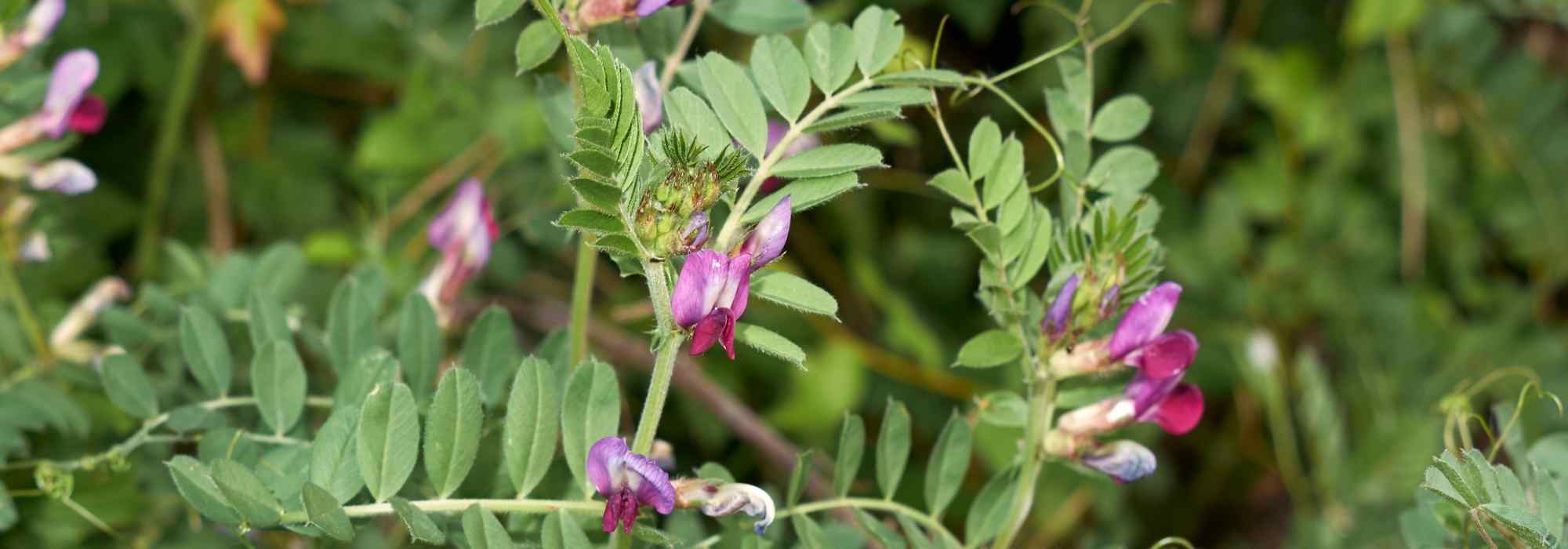
Growing green manure in pots or containers: possible or not?
Our tips to boost your growing medium with green manure
Contents
Do you grow your small vegetable garden on a balcony, terrace, or even a small courtyard, in pots, containers, or raised beds? Unfortunately, the soil quickly becomes depleted, and you need to renew it season after season. Why not try sowing green manures? These plants, easy and quick to grow, can indeed improve your soil’s health and the vitality of your crops. In fact, green manures are plants sown not for harvest (though you can do that too!), but for the benefits they bring to the soil. Green manures enrich the substrate, improve its structure, and prepare the ground for future crops. A simple way to keep your soil alive, even in the smallest of spaces.
Discover the benefits of growing green manures, even in containers, pots, or raised beds, which species to choose, and above all, our tips for using them effectively once their growth is complete.
Why grow green manure in pots or containers?
A plant, whether ornamental or vegetable, requires water and nutrients to grow. Nutrients that it draws from the soil. A plant cultivated in a pot, container or raised bed therefore benefits from rather limited nutrient reserves, as the growing medium becomes depleted over the seasons. This is why it is essential to nourish this soil. Among the various ways to enrich the soil, green manures are undoubtedly the most comprehensive, as they are not limited to their fertilising effect alone.
The primary function of green manures is to release mineral elements such as nitrogen through their decomposition, elements that will later be used by the plants or vegetables planted in the ground. This holds true in open ground, in vegetable gardens or flower beds, but also in all containers used for growing plants, vegetables or small fruits in soilless cultivation. Similarly, when green manures decompose, their organic matter is returned to the growing medium, eventually producing humus.
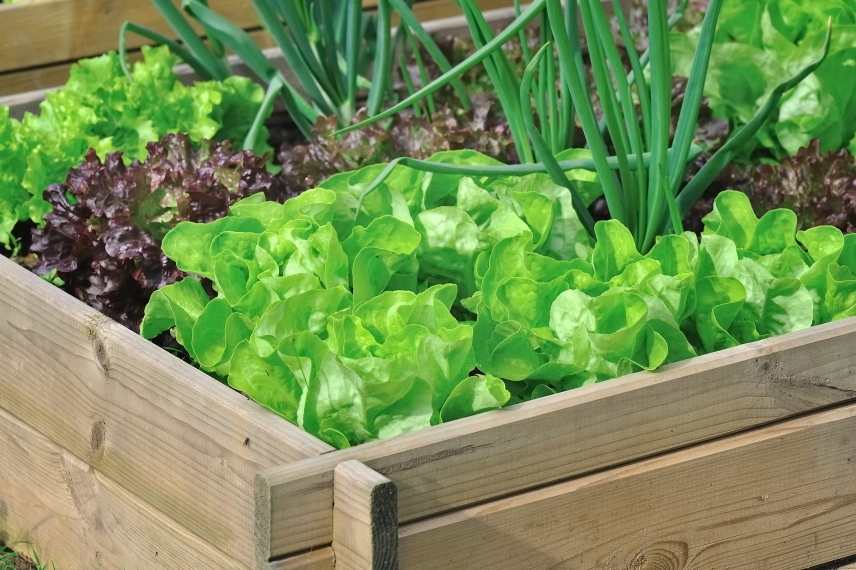
In pots, containers or raised beds, the growing medium becomes depleted. Hence the usefulness of green manures to enrich the soil
But the role of green manures doesn’t end there. Sown between two crops, they prevent the growing medium from remaining bare:
- They occupy pots and containers between two crops, thus limiting weed proliferation.
- They reduce erosion, especially in winter.
- They improve the structure of the growing medium thanks to their root system which breaks up particles.
- They stimulate the biological activity of the growing medium.
- They promote biodiversity through their flowering, often melliferous and nectariferous, attracting and nourishing pollinating insects and beneficial insects.
Read also
When and how to bury green manures ?Which species of green manure to choose for container growing?
There are several species of green manures that serve different purposes.
Fabaceae
Fabaceae, commonly known as legumes, enrich the soil with nitrogen. Indeed, thanks to a symbiosis with a bacterium of the genus Rhizobium, the root nodules have the ability to fix atmospheric nitrogen and release it into the soil. The most commonly cultivated Fabaceae are broad beans, peas, and beans, which can act as green manures. But you can also sow:
- Sainfoin, ideal for dry substrates, is highly frost-resistant. Its flowers are very melliferous.
- White clover, purple, or crimson clover is particularly useful at the base of small pot-grown fruit trees. It is often paired with a grass.
- Spring vetch or winter vetch grows very quickly, producing dense, ground-covering foliage.
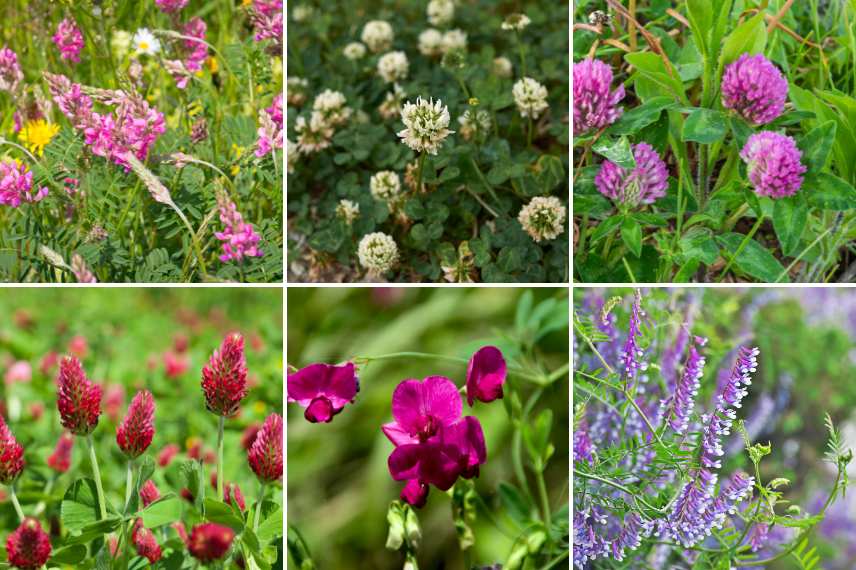
Fabaceae are nitrogen-rich green manures
Poaceae
Poaceae provide abundant foliage, creating valuable standing crop. Additionally, their deep root system aerates the soil. Moreover, Poaceae are not from the same family as some of the vegetables grown in pots, which limits the spread of diseases and pests. As a result, crop rotation works perfectly. You can sow:
- Rye, which can be sown alone or mixed with a legume.
- Oats, which have a dense, nutrient-rich root system. They adapt to all climates.
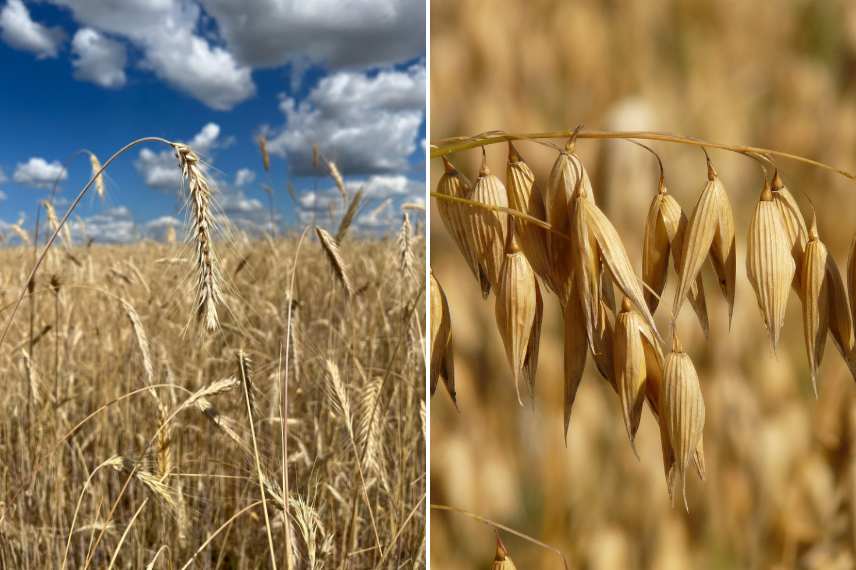
Rye and oats are green manures suitable for pot cultivation.
Brassicaceae
Among Brassicaceae, white mustard is the main green manure. It grows very quickly and works the soil deeply thanks to its taproot. Avoid sowing it after vegetables from the same family, such as cabbages, turnips, radishes, or rocket.
Other Green Manures
Among other plants commonly used as green manures, you can also mention phacelia from the Boraginaceae family, which offers several advantages: it grows quickly, is frost-resistant, produces abundant standing crop, and inhibits weed germination. It also breaks crop rotation cycles, as its botanical family differs from other vegetable families. Lastly, its melliferous flowering lasts several weeks.
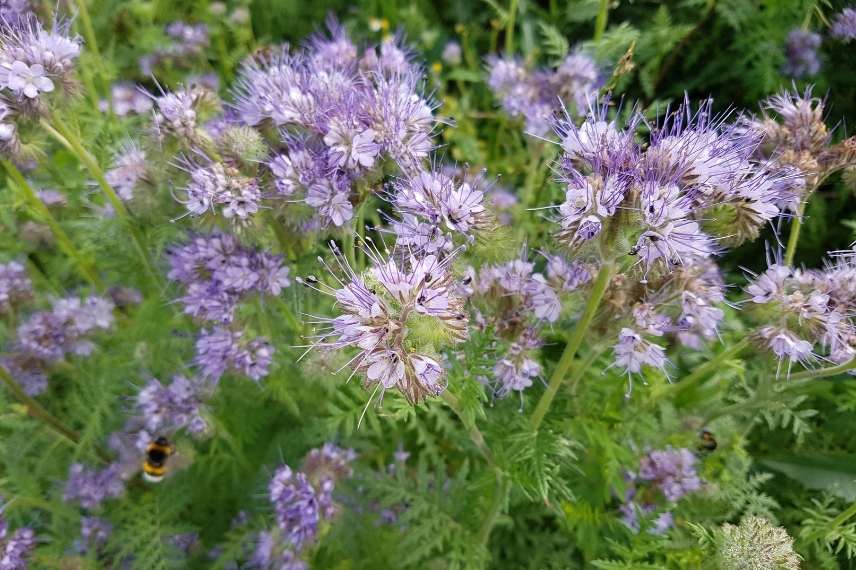
Phacelia is a highly melliferous green manure
You can also sow buckwheat, from the Polygonaceae family, with qualities similar to phacelia. It belongs to a different botanical family than common vegetables, grows quickly, is frost-sensitive in winter (so it disappears naturally), and its small flowers attract many insects.
How and when to grow these green manures in pots?
Growing green manure in containers is not complicated, provided you follow a few basic rules. Even though pots offer less depth than open ground soil, many species adapt very well to them.
The substrate should be lightly worked on the surface to loosen it. Then, sowing is done “broadcast”. The seeds are just covered, firmly pressed down, and watered gently. Watering continues if needed. And that’s all.
The sowing period depends on the green manure species and the desired effect. Green manure can be sown between late winter and early spring, just before planting certain hungry vegetables, such as tomatoes, squashes, courgettes, peppers… These green manures will have time to develop within two months, allowing for planting the vegetables by late April or early May. In spring, you mainly sow mustard, buckwheat, spring vetch, phacelia…
By sowing green manure in late summer, they will occupy the substrate in pots and containers to prevent the growth of adventives. Late August to early September, you can sow mustard, sainfoin, crimson clover, winter vetch, rye, and buckwheat.
Read also
When and how to sow green manures?How to use green manure in containers or pots?
Once the green manures have grown well and reached the beginning of their flowering, it’s time to cut them and incorporate them into the substrate.
Cut them before they go to seed, as once they seed, some plants can become invasive, especially in pots. Moreover, it’s just before flowering that plants have accumulated the most nutrients. You can cut them by hand, with pruning shears or even scissors, depending on the size of the container.
Then, you have two options. The first is to leave them on the surface, as a mulch. This protects the soil, limits water evaporation and gently feeds microorganisms.
The second option is to incorporate the residues into the soil. Chop them finely, then lightly mix them into the top third of the soil with a small hand cultivator. After that, it’s best to let the container rest for two to three weeks before replanting. This is the time needed for the organic matter to start decomposing without interfering with future plantings.
To go further:
- Green manures: all you need to know!
- Green manures: why? How?
- Subscribe!
- Contents
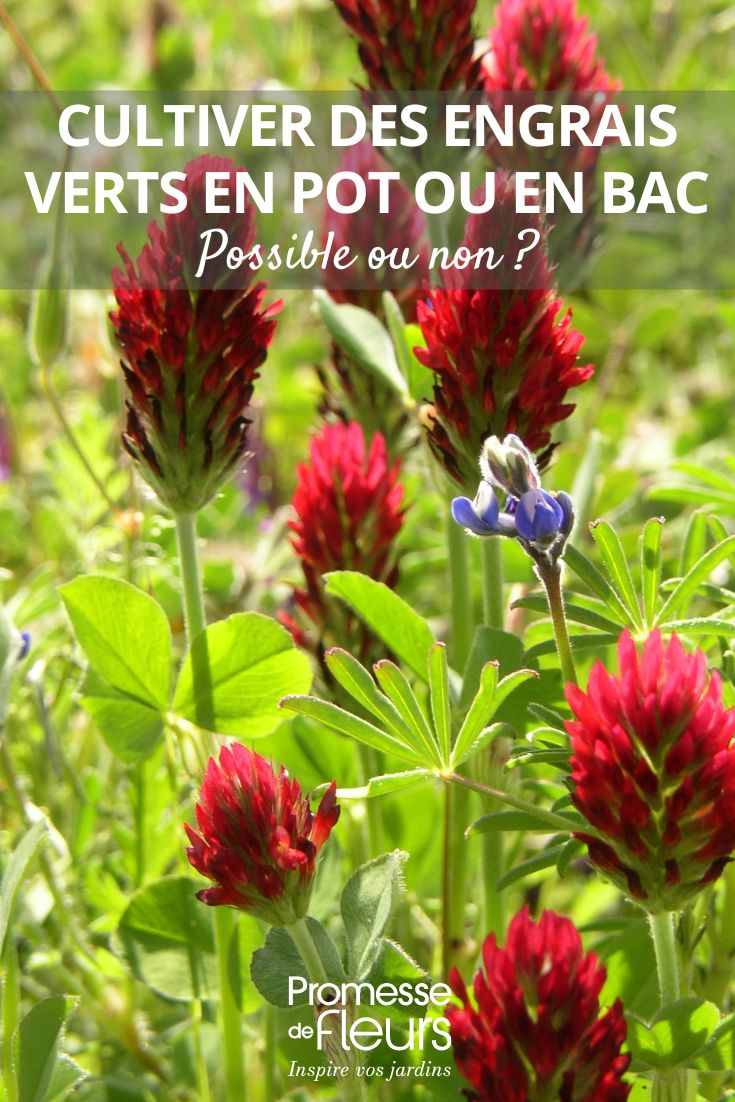































Comments